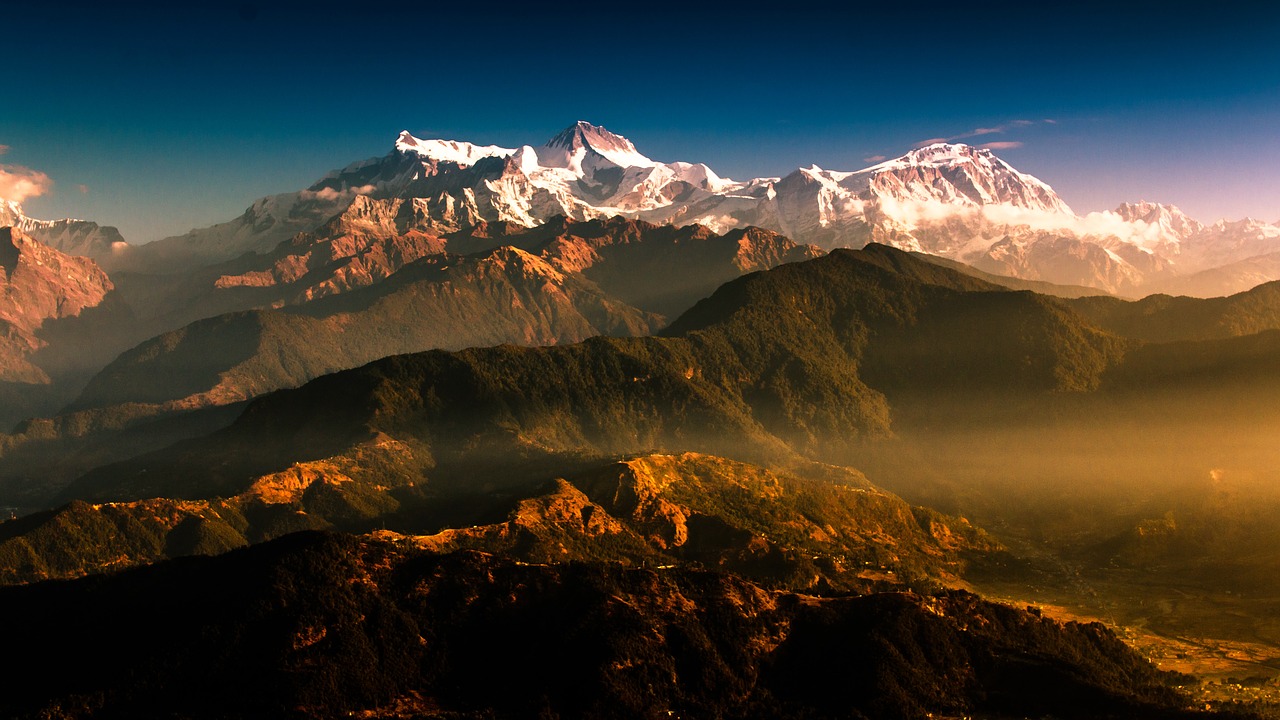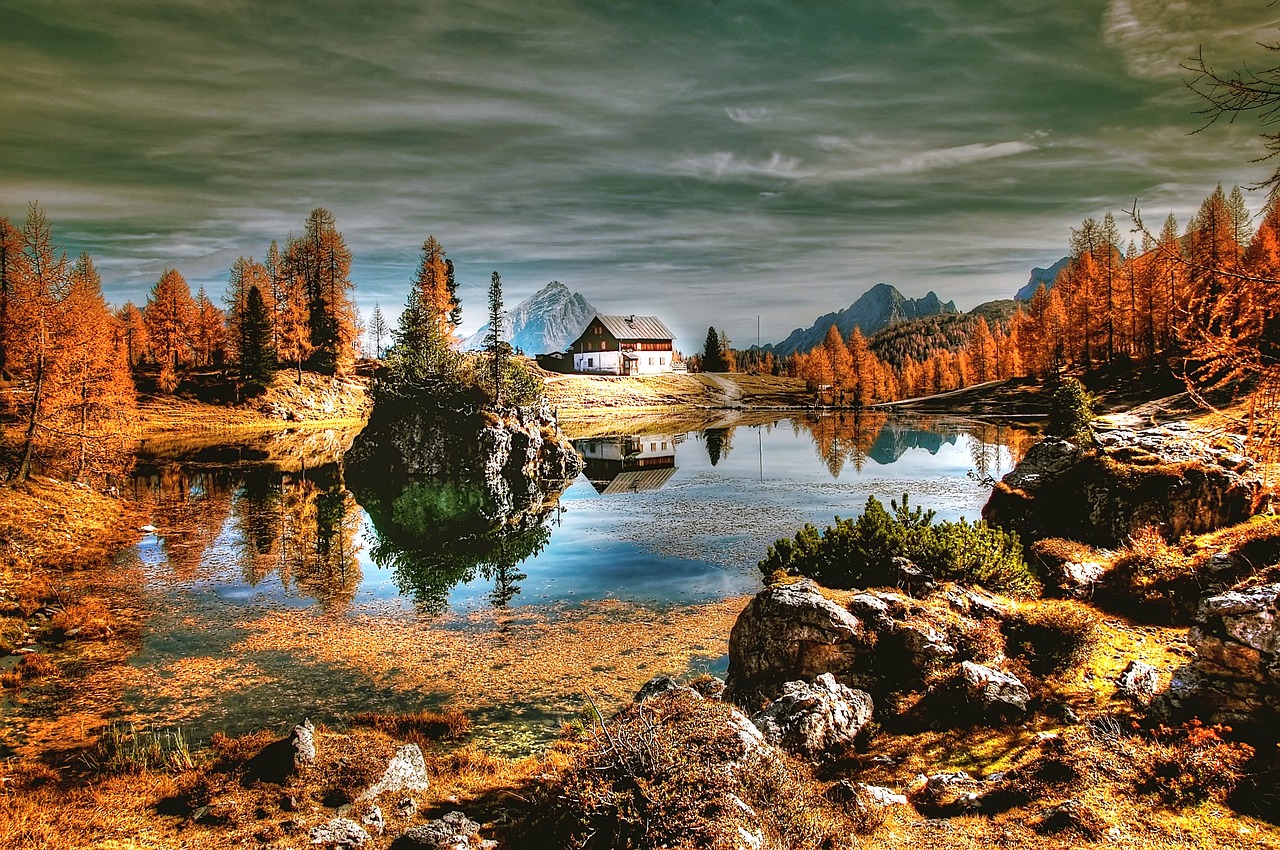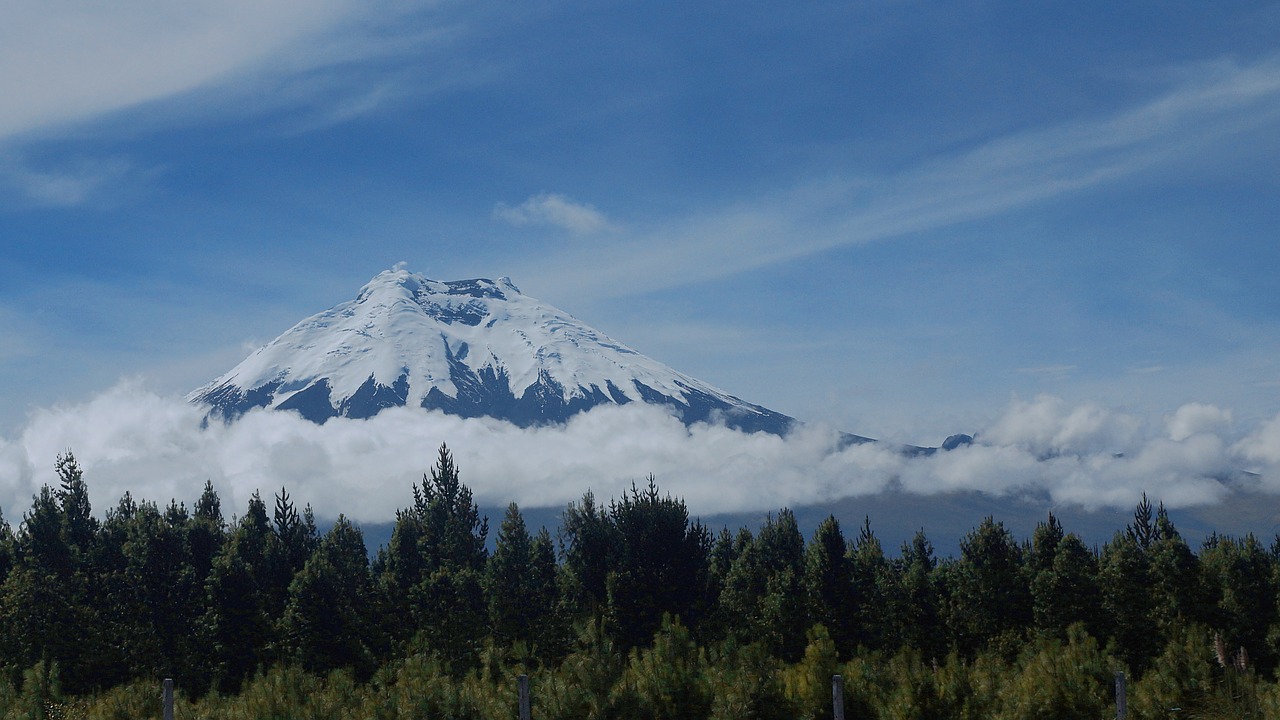News
- Details
- Category: New Publication
This paper describes and evaluates a snow mapping setup for the remote Langtang Valley in the Nepal Himalayas, which can deliver data for snow and water availability mapping all year round.
Seasonal snow cover is an important source of melt water for irrigation and hydropower production in many regions of the world, but can also be a cause of disasters, such as avalanches and floods. In the remote Himalayan environment there is a great demand for up-to-date information on the snow conditions for the purposes of planned hydropower development and disaster risk reduction initiatives.
- Details
- Category: New Publication
According to the planetary boundaries framework, anthropogenic alteration of the nitrogen (N) cycle is one of the major challenges facing the Earth system. This study starts from the premise that human activities have at least doubled the levels of reactive N (Nr) available in the biosphere, resulting in deposition of Nr in or near heavily populated areas as well as remote ecosystems.
The N cycle is best described as a modular and complex network of biological N-transformation reactions carried out by metabolically versatile communities of microorganisms, whose overall composition largely determines whether N is lost, via denitrification or anammox, or retained in the system via dissimilatory nitrate reduction to ammonium (DNRA).
- Details
- Category: MRI News
In the end of April almost 700 land system scientists travelled to Switzerland for the 4th Open Science Meeting of the Global Land Programme, held in Bern 24-26 April. During the week MRI attended and organized several activities to make mountain topics visible in the programme and connect mountain people in land system sciences.
Scenarios for sustainable mountain development
Research Session (328R): Applying Scenario Tools for Sustainable Mountain Development Thursday 25 April | 15:15 – 16:45
In light of the 2030 agenda, having information on how plausible futures of mountain social-ecological systems may look under different development scenarios, is key to enable dialogue and negotiations with multiple actors with claims on mountain resources. Tools such as social-ecological systems modelling and participatory scenario approaches, are developed to explore these scenarios and likely outcomes for communities, livelihoods, and mountain resources, with the ultimate aim to better project the impact of local and global changes in mountains and assist in designing management decisions towards sustainable mountain development.
- Details
- Category: Global News
In May, IPBES published its first Global Assessment. This marked the most comprehensive intergovernmental assessment of its kind. The results were alarming, with over a million species threatened with extinction, many within decades. We spoke to two mountain experts – Andreas Heinimann, an MRI Co-PI and one of the lead-authors of the Global Assessment, and Eva Spehn from IPBES Switzerland and the Global Mountain Biodiversity Assessment – about the importance of the results and the key message in the context of mountains.
Compiled by 145 expert authors from 50 countries over the past three years, with input from another 310 contributing authors, the IPBES Global Assessment Report on Biodiversity and Ecosystem Services assesses changes over the past five decades, providing a comprehensive picture of the relationship between economic development pathways and their impacts on nature. It also offers a range of possible scenarios for the coming decades.
- Details
- Category: MRI News
An MRI-led special issue of the journal Regional Environmental Change seeks to highlight contributions from the mountain research community to the IPCC’s Sixth Assessment cycle, focusing on the impacts of climate change on the high-mountain cryosphere and downstream regions – as well as responses to these impacts.
The IPCC’s Sixth Assessment cycle presented the mountain research community with an opportunity to address knowledge gaps on climate change impacts in the high-mountain cryosphere – further motivating activity in an area that has increasingly been a focus of research in recent years.
- Details
- Category: MRI News
Last month, the MRI was present at the European Geosciences Union General Assembly 2019, held in Vienna between 8-12 April. During the week, we attended a number of events that provided opportunities to further connect and bring the mountain research community together at one of the largest, and key, meets for the geosciences research community in Europe.
Transcending disciplinary boundaries for knowledge co-production in mountains
Session EOS6.3/NH9.26: Inter- and transdisciplinary research, education, and practice in mountain regions: field experiences, challenges, and opportunities | Mon, 08 Apr, 14:00–15:45.
This session, led by the Mountain Research Initiative (MRI), invited contributions to share diverse experiences with inter- and transdisciplinary (ID-TD) research, education, and practice as it is specifically applied in mountain contexts. A number of engaging presentations were given by researchers from diverse backgrounds, topics, and covering experiences had working in mountain regions in Europe, Africa, Asia, and South America.
- Details
- Category: MRI News
The Andes of South America are one of the most biologically rich and diverse regions in the world. They are also undergoing significant change, not least in terms of land cover. In order to build a better picture of the extent and impact of this, new MRI-supported research published in the journal Global Change Biology evaluates the distribution of woody vegetation in the tropical Andes between 2001 and 2014.
“The tropical Andes are particularly important in terms of biodiversity and ecosystem services,” says study author and MRI SLC member Ricardo Grau, Director of the Institute of Regional Ecology at the National University of Tucumán, Argentina. “Yet, in part due to the difficulties caused by rough topography and high cloud cover, there were no comprehensive assessments of vegetation cover change – so we aimed to fill this research gap.”
- Details
- Category: New Publication
New research published in the journal of Hydrology and Earth System Science looks at whether 'The effects of vegetation and soil changes are as important as climate change impacts on hydrological processes.' The findings highlight the increasing impact climate change has on annual runoff volume.
Hydrological processes are widely understood to be sensitive to changes in climate, but the effects of changes in vegetation and soils have seldom been considered. The response of mountain hydrology to future climate and vegetation/soil changes is modelled in three snowmelt dominated mountain basins in the North American Cordillera.














